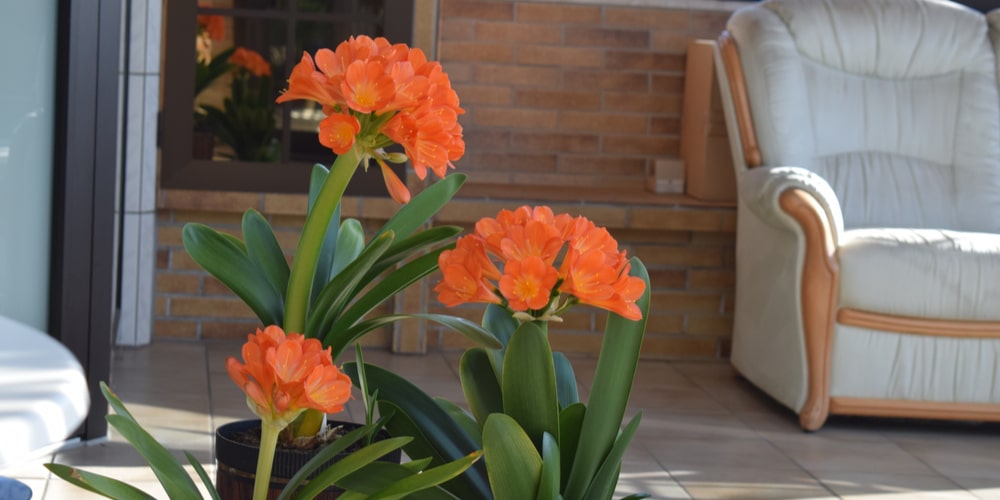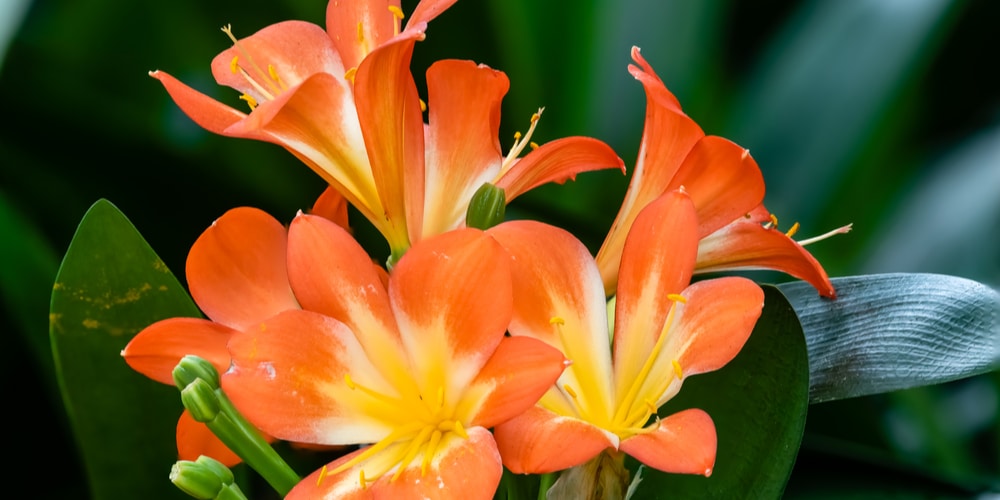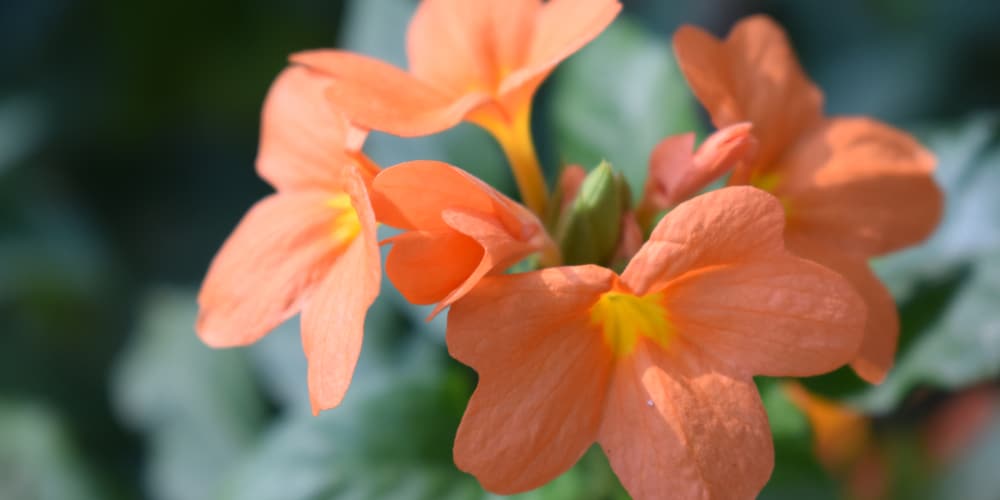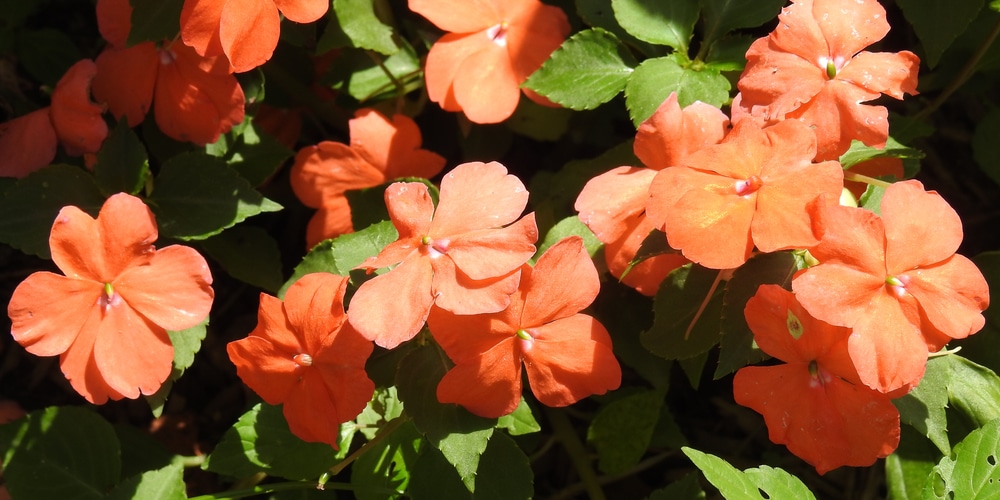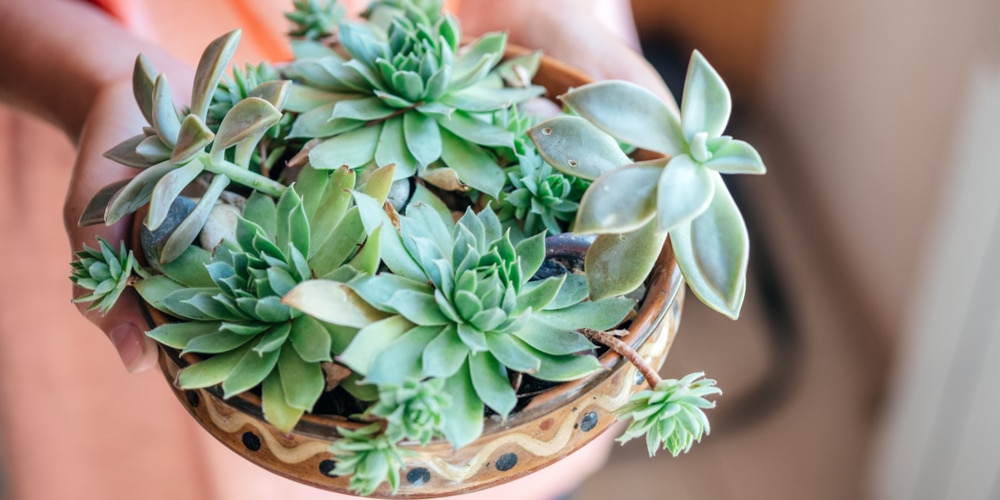If you’re looking for a way to add some color and life to your home, consider using orange flower houseplants. These plants are beautiful and can really brighten up a room. In this article, we will discuss the different types of house plant with orange flowers and provide tips on how to care for them.
Decorating Your Home with Orange Flower Houseplants
One of the best things about orange flower houseplants is that they come in a variety of shapes and sizes. Whether you’re looking for a small plant to put on your desk or a large one to fill up an empty corner, you’re sure to find something that suits your needs.
When it comes to choosing the right plant for your home, there are a few things you’ll need to take into consideration. First, think about the amount of sunlight that your room gets. If it’s a sunny spot, you’ll want to choose a plant that can tolerate direct sunlight. However, if your room is on the darker side, you’ll need to choose a plant that can tolerate low light.
Next, you’ll need to think about the size of your room. If you have a large space, you can go for a bigger plant. But if you’re limited on space, there are plenty of small orange flower houseplants that will look great in your home.
Finally, you’ll need to decide what type of orange flower houseplant you want. Once you’ve decided on the perfect plant for your home, it’s time to learn how to care for it.
Caring for Your Houseplant
Houseplants are a wonderful addition to any home, providing fresh air, beautiful greenery, and a touch of nature indoors. However, keeping your plants healthy and vibrant can require some care and attention. Here are a few tips for caring for your houseplants:
Watering is perhaps the most important aspect of plant care. Different plants have different watering needs, so it’s important to research your specific plant species. Many plants prefer to be kept moist, but not waterlogged. Allow the top layer of soil to dry out before watering again.
Plants also need light in order to photosynthesize and grow. Most houseplants prefer bright, indirect light. If you notice your plant starting to stretch or lean towards the light source, it’s a sign that it’s not getting enough light. Move it to a brighter spot in your home.
Finally, remember that plants are living creatures and therefore need occasional care and attention just like any other pet. Check your plants regularly for pests or disease, and take action if you notice anything off. With a little time and effort, you can keep your houseplants healthy and happy for years to come.
Best Orange Houseplant For Your Home
Now that you know a bit about caring for orange flower houseplants, let’s take a look at some of the best plants for your home.
Clivia
The Clivia Miniata, or bush lily, is a common house plant that originates from the woodlands of South Africa. It is well-known for its orange flowers, which bloom in the springtime.
However, what many people don’t know is that the Clivia Miniata is an excellent low light plant. This means that it can thrive in rooms with little natural light, making it a perfect choice for those who want to add a splash of color to their home without having to worry about keeping the plants in a sunny spot.
In addition to its low light tolerance, the Clivia Miniata is also easy to care for and can tolerate periods of neglect. As a result, it makes an ideal choice for busy people who want to enjoy the beauty of fresh flowers without having to put in a lot of effort.
Crossandra
The Crossandra plant is a beautiful house plant that is indigenous to southern India and Sri Lanka. It thrives in warm, humid conditions and is not very tolerant of cold weather.
They are relatively easy to care for, but there are a few things to keep in mind. They need well-draining soil and should be watered when the top inch of soil is dry.
They also require high humidity, so it’s a good idea to mist them regularly or set them on a pebble tray filled with water. With proper care, the Crossandra plant will brighten up any room in your home.
Impatiens
Impatiens are a popular choice for indoor plants because they come in such a wide range of colors. Orange impatiens are especially popular, and they can brighten up any room.
However, impatiens have higher humidity and water needs than some other indoor plants. They need to be kept in a room with high humidity, and they should be watered regularly.
It’s important to make sure that the soil stays moist but not soggy. If the soil gets too dry, the leaves will start to droop.
Fred Ives
The fred ives plant is a beautiful compact houseplant that can take on different hues of colors, including orange, depending on the light exposure.
The plant is native to South America and gets its name from the Brazilian city of Rio de Janeiro. Fred ives plants are known for their ability to thrive in low-light conditions and tolerate long periods of drought.
When grown in higher light levels, the leaves of the plant will turn a brighter green. The fred ives plant is an easy-care plant that makes an excellent addition to any indoor space.
House plant with orange flowers: Final thoughts
Adding a house plant with orange flowers to your home is a great way to inject some color and life into your space. These plants are easy to care for and can thrive in a wide range of conditions.
Whether you’re looking for a plant to brighten up a dark corner or add some color to your living room, an orange flower houseplant is a perfect choice.
So what are you waiting for? Give one of these plants a try today.
Related Article: Trees With Orange Flowers
